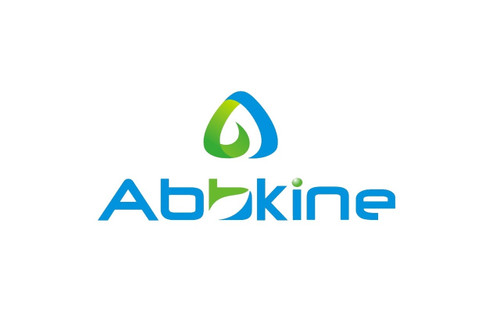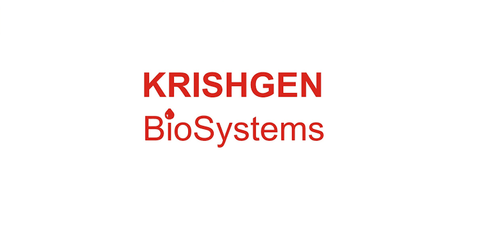Product Description
Human Protein inhibitor of activated STAT3 (PIAS3) ELISA Kit | AE27536HU | Abebio
Species Reactivity: Human (Homo sapiens)
Abbreviation: PIAS3
Alternative Name: FLJ14651; ZMIZ5; zinc finger; MIZ-type containing 5
Application: ELISA
Range: 0.156-10 ng/mL
Sensitivity: 0.061 ng/mL
Intra-Assay: ≤5.3%
Inter-Assay: ≤8.1%
Recovery: 1, 08
Sample Type: Serum, Plasma, Other biological fluids
Detection Method: Sandwich
Analysis Method : Quantitive
Test Principale: This assay employs a two-site sandwich ELISA to quantitate PIAS3 in samples. An antibody specific for PIAS3 has been pre-coated onto a microplate. Standards and samples are pipetted into the wells and anyPIAS3 present is bound by the immobilized antibody. After removing any unbound substances, a biotin-conjugated antibody specific for PIAS3 is added to the wells. After washing, Streptavidin conjugated Horseradish Peroxidase (HRP) is added to the wells. Following a wash to remove any unbound avidin-enzyme reagent, a substrate solution is added to the wells and color develops in proportion to the amount of PIAS3 bound in the initial step. The color development is stopped and the intensity of the color is measured.
Product Overview: E3 SUMO-protein ligase PIAS3 is a member of the PIAS family of transcriptional modulators. The protein functions as a SUMO (small ubiquitin-like modifier) -E3 ligase which catalyzes the covalent attachment of a SUMO protein to specific target substrates. It directly binds to several transcription factors and either blocks or enhances their activity. Alternatively spliced transcript variants of this gene have been identified, but the full-length nature of some of these variants has not been determined.Gel-shift assays showed that PIAS3 can block MITF DNA-binding activity, and cotransfection of MITF and PIAS3 in NIH 3T3 cells inhibited MITF-driven transcription activity. Interaction between PIAS3 and MITF was independent of STAT3 binding.
Stability: The stability of ELISA kit is determined by the loss rate of activity. The loss rate of this kit is less than 5% within the expiration date under appropriate storage condition. The loss rate was determined by accelerated thermal degradation test. Keep the kit at 37°C for 4 and 7 days, and compare O.D.values of the kit kept at 37°C with that of at recommended temperature. (referring from China Biological Products Standard, which was calculated by the Arrhenius equation. For ELISA kit, 4 days storage at 37°C can be considered as 6 months at 2 - 8°C, which means 7 days at 37°C equaling 12 months at 2 - 8°C) .
 Euro
Euro
 USD
USD
 British Pound
British Pound
 NULL
NULL








